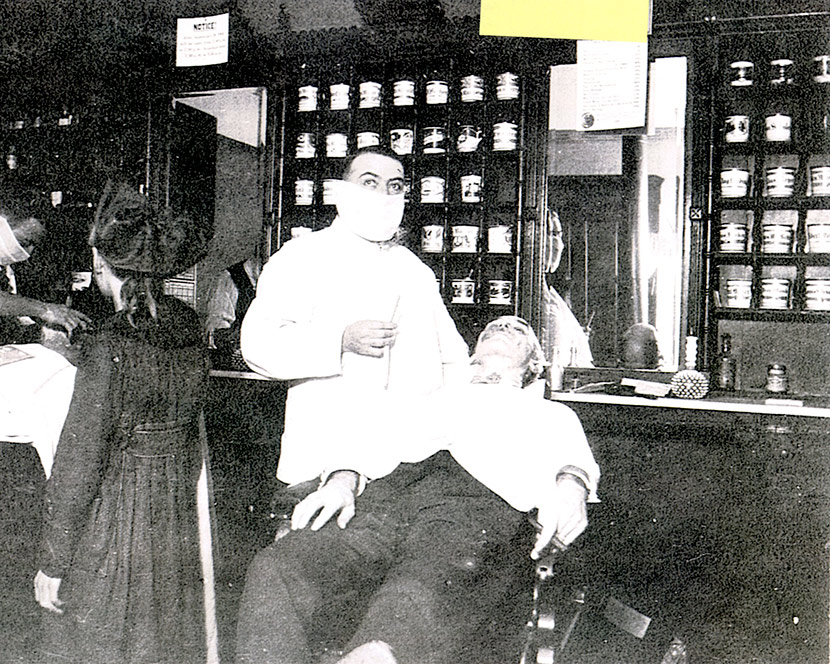
Cincinnati mayor, health, and education officials met and decided on closure order to prevent influenza spread
On Oct. 5, 1918, with 4,000 estimated influenza cases in the city, the Cincinnati mayor, health, and education officials met and decide on a closure order to prevent worse spread.
Officials reported some 4,000 cases of influenza in the city (although only 15 had been officially had been reported to the Health Department) and added that this number would likely grow quickly. Meeting attendees unanimously decided that Cincinnati should not wait until the disease was epidemic before taking action and threw their support behind a closure order, which the Board of Health immediately issued.
Effective at midnight that day, all schools (public, private, and parochial), theaters, movie houses, churches and Sunday schools were ordered closed, and all public or private meetings either indoors or outdoors were prohibited.
Saloons were not included in the order, the Board taking the position that a distinction could not be made between restaurants and saloons. Two days later, however, the Board modified the order: saloons could remain open, but liquor had to be sold in bottles and consumed off-premises.
Tags:
Source: Influenza Encyclopedia
Credit: Photo: courtesy University of Michigan Center for the History of Medicine.
